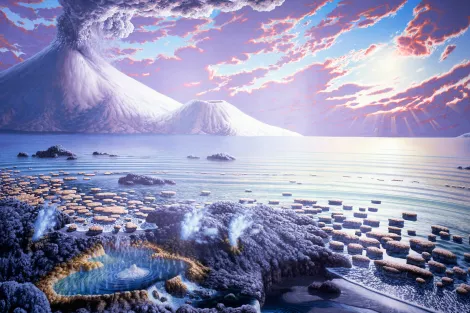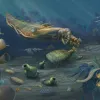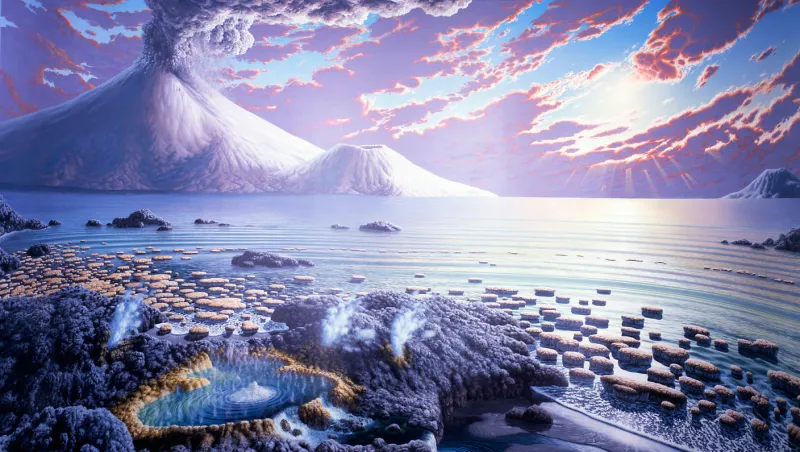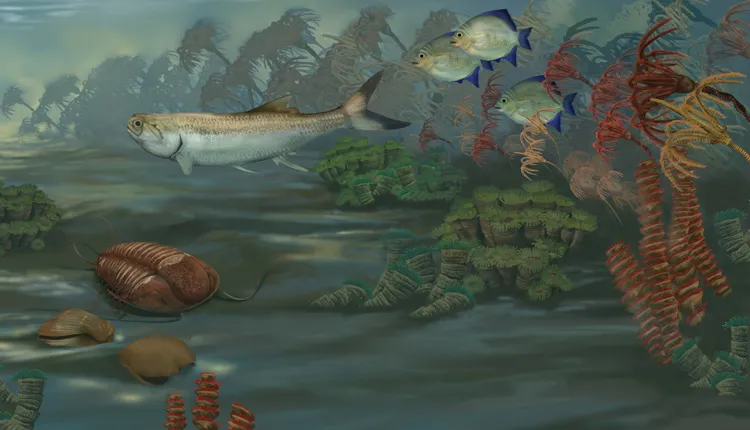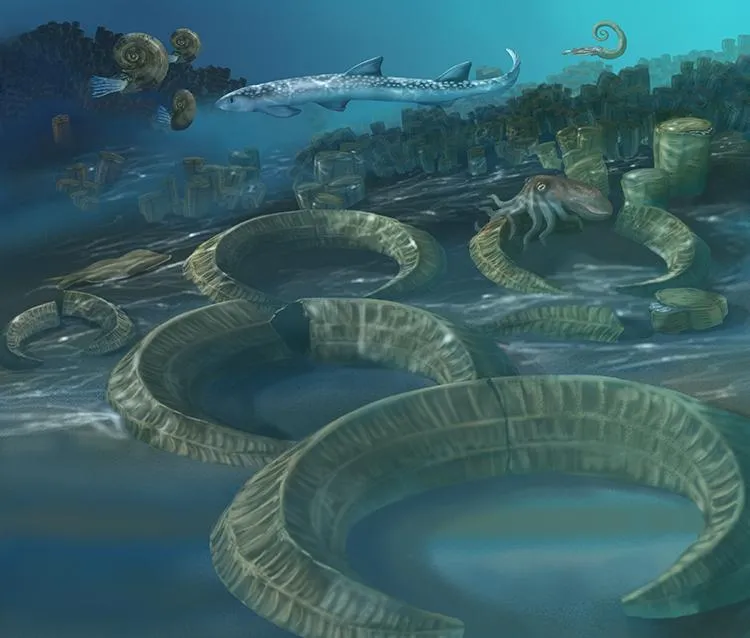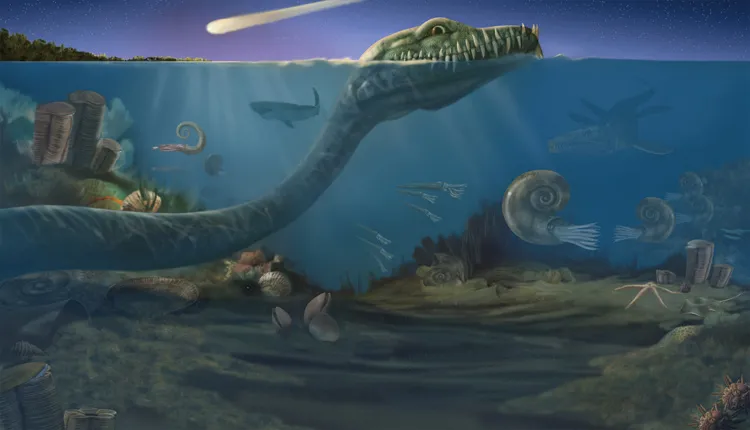Humans are late arrivals on Earth. For nearly 75% of Earth’s history, life consisted of single-celled microbes without a nucleus (prokaryotes). Volcanoes and erosion sculpted Earth 3.5 billion years ago. Life consisted only of cyanobacteria, which trapped sediments in intertidal zones to form mound-like structures (stromatolites). Cells with a nucleus (eukaryotes) evolved about two billion years ago, after oxygen had accumulated in the ocean. Over time, they developed greater complexity, with different parts taking on specialized functions—allowing evolution of sexual reproduction.
The Ocean Throughout Geologic Time, An Image Gallery
Evidence shows that life probably began in the ocean at least 3.5 billion years ago.
Photosynthesis began more than 2.5 billion years ago—the Great Oxidation Event. But it took hundreds of millions of years for enough oxygen to build up in the atmosphere and ocean to support complex life.
The first organisms were single-celled microbes. For nearly 2.3 billion years, life consisted of these alone. Then, about 1.2 billion years ago, more complex multi-celled organisms evolved.
Since then, life forms have grown much more diverse—though not continuously. The record reveals bursts of evolution and expansion interrupted by massive extinctions. Big changes happen through small steps over geologic time. We can trace the path of evolution in Earth’s rocks and fossils.
This image gallery shows renderings of what sea life looked like during various periods of deep time.


